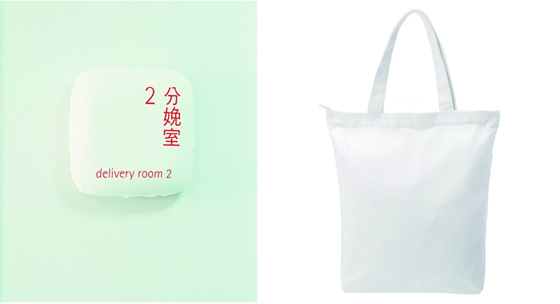Unconsciousness
发布时间: 2013-04-11 11:09

Pondering: about what is calledunconsciousness? What do we think about the value behind unconsciousness? Thehuman’s unconsciousness in the design model does not mean that human have lostthe consciousness, but the habitual behaviors resulted from the long-term lifeexperience. The greatest characteristic of this behavior is one kind ofcognition in the very beginning. After a long time, it has been a perceptionbehavior after becoming a habit. That is to say, you can finish the targetwithout thinking and considering too much. It can divide into human’s behaviorand cognition .The explanation next is behind the unconsciousness. It isreasonable, effective and experienced for people. (Human’s features)
(1) Lacking ofdiscipline and design. Sometimes it is not a good behavior for unconsciousbehavior, i.e. throw the rubbish into other’s baskets.
(2) Innovation.Human is considered cognitive human for a long time, How to consider people isthe premise of the most user model’s design. In other words, People come to useand know these products as well as realize it’s functions and targets based onthese conscious thinking, but unconsciousness or perception model have been rarelyfocused.
(3)Low-consumption. Unconscious behaviors don’t depend on some specific products,but to come to a solution from the habit and mind. This means the low-consumptionof unconscious behaviors. Based on the above features, unconsciousness is aninnovation resource full of good value. To form a good habit by designing toguide and improve some bad habits. The designers, like Naoto Fukasawa, devotedmuch time to focus and practice these unconscious designs. The foundation ofunconsciousness is to observe, collect and analyze human’s behavior features.
Case 1: Mei Tian Hospital Logo System (Right)this is an health care hospital for women and children, people come here togive birth to a baby and health care. The logo systems we usually see seldomuse this soft pure white cloth. But under such circumstances, it makes sensefor doing so. When we see it, we’ll feel the softness and consideration, even care.This is the information the hospital wants to convey. Kenyahara wants touse the white color on purpose. He knows it is easy to get dirty especially inthis hospital, but as he explains:” The cloth is always the pure white even inthe luxurious restaurants.” This nature needs changing and cleaning regularlyin hospital. So, all the logos can change and take apart. Lying-in women andfamilies would have a deep impression if they see the pure white logo systemeach time even it is easy to get dirty. He wants to convey to people by suchbehavior: We usually clean something that is easy to get dirty, which expressour desire to make hospital clean and tidy. This is the biggest comfort forlying-in women. Sometimes, we prefer to choose some products which are easy toget dirty, and then we feel they are still clean without too much handling. Werarely think: The product which is easy to get dirty always keep clean wouldreflects cleaning awareness deeply. Seizing the focus of human’sunconsciousness is what the Japanese usually do. Of course, it is OK if youthink it reversed thinking, But the key is that it is really exists in theworld.
Case 2: This is a repeat reborn of the veryold workmanship. This paper is very soft and durable. But I’m confused aboutwhy he has made such products; I felt something when I found one of my oldpaper bag, which I used for a long time and full of wrinkles. From this experience,I realized whether he advocates anew conception about paper products, which fits in with the character -isticsof durable use. In other words, paper products can be repeatedly used for avery long time in many occations. But this material is easy to get old, so itmay make people think it ugly and disagreeable to the sight. Paper can be durableand less eliminated if we think the wrinkles beautiful. Maybe Naoto Fukasawa wants to arouse people’s awareness to paper products by these seriesof designs. In this product, Naoto Fukasawa seized the people’s focus aboutpaper product. His emphasis can be very proper. It is hard for us to aware thatwhy we drop out a paper product. But this unawareness contains people’s cognitivecoincidence: paper products were dropped out it is not because it can’t be usedagain, but because it is easy to get old and feel unacceptable. Naoto Fukasawa found out the focus of this unconsciousness state and brought uphis own solution method, which kept to his consistent designing concept.
SOHUI (SHANGHAI) DESIGN CONSULTING CO.,LTD
Tel:021-6520 5655 Fax:021-6520 5665 Mob:18001956992
E-Mail:fanbaocheng@sohuidea.com
Sohui Innovation Consortium Group, 303 Mohe Road, Baoshan District, Shanghai